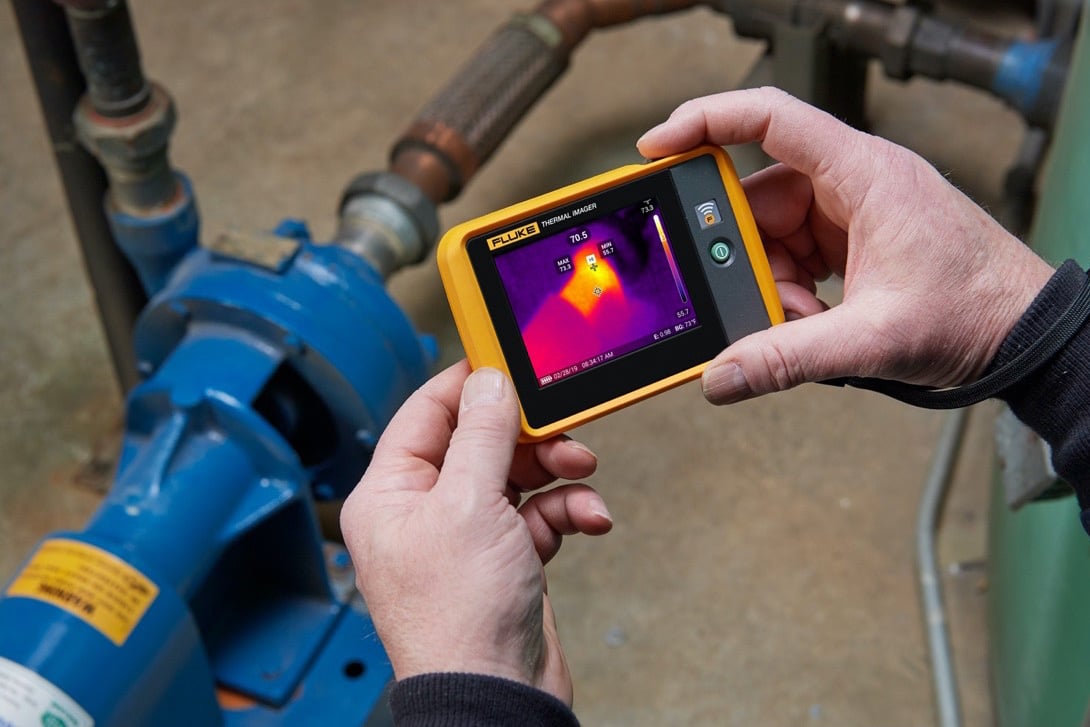Avoid Major Problems with Early Water Leak Detection and Trigger Repair Works
Avoid Major Problems with Early Water Leak Detection and Trigger Repair Works
Blog Article
Ingenious Solutions for Early Detection of Water Leakages in Structures and Framework
From advanced leak detection technologies to the release of IoT sensing units for real-time monitoring, the landscape of leak prevention is developing quickly. Automated water circulation evaluation systems are improving exactly how leaks are recognized and dealt with, leading the method for an aggressive method to water leakage detection.
Advanced Leak Detection Technologies
Advanced leak detection innovations, furnished with innovative sensing units and formulas, play a critical duty in promptly recognizing and identifying water leakages in different settings. These technologies employ a mix of acoustic, thermal, and electro-magnetic noticing techniques to discover leaks accurately. Acoustic sensing units identify the audio of getting away water, enabling for accurate localization of the leak resource. Thermal imaging finds temperature level modifications brought on by water leak, supplying one more efficient approach for leakage identification. Electromagnetic sensing units can determine changes in magnetic fields caused by water, supplying yet one more layer of leak discovery ability.

IoT Sensors for Real-Time Monitoring
In the realm of modern-day water leakage detection, the combination of IoT sensing units for real-time surveillance represents a critical innovation in enhancing positive leak discovery capacities. These sensing units offer continuous surveillance of water supply, providing real-time data on water flow rates, pressure variations, and temperature modifications. By leveraging IoT innovation, these sensing units can identify also the tiniest anomalies in water usage patterns, enabling early identification of potential leaks before they escalate right into significant concerns.
IoT sensing units send information to a central system, where advanced formulas analyze the details and generate notifies or notices when abnormalities are spotted. This real-time monitoring capability allows homeowner or center managers to quickly address leakages, decreasing water damages, minimizing repair service expenses, and conserving water sources.
In addition, IoT sensing units can be integrated with structure monitoring systems, permitting automatic responses to detected leakages, such as shutting down water valves or turning on pumps to alleviate the impact of leakages. Generally, the application of IoT sensors for real-time monitoring considerably enhances the performance and effectiveness of water leakage discovery in buildings and framework.
Artificial Intelligence Algorithms for Leakage Prediction

One key benefit of making use of artificial intelligence for leak forecast is its capability to continuously learn and improve its precision over time. As even more information is gathered and fed into the formula, click this site it can improve its forecasts and adapt to transforming conditions, ultimately boosting the reliability of leak discovery systems.
Additionally, device knowing algorithms can aid in determining refined indications of leakages that may go undetected by conventional surveillance techniques. water leak detection. By assessing complicated information sets in real-time, these formulas can supply very early warnings and signals, allowing for punctual intervention and preventative maintenance to alleviate possible water damage and connected costs
Utilizing Thermal Imaging for Leakage Detection
Thermal imaging modern technology offers a promising method for finding water leakages in numerous systems and frameworks. By making use of infrared radiation and temperature variances, thermal imaging video cameras can determine surprise leaks that are not quickly visible to the naked eye.
One of the essential advantages of thermal imaging for leak detection is its non-intrusive nature. Unlike conventional techniques that may call for damaging right into walls or floors to find leaks, thermal imaging allows for non-destructive testing. This not only conserves time and reduces prices yet additionally lessens interruption to the structure or facilities being evaluated. Additionally, thermal imaging can swiftly scan huge locations, supplying a thorough review of prospective leak sources in a prompt manner. On the whole, using thermal imaging innovation improves the efficiency and precision of water leakage detection, making it a valuable device for preserving the integrity of buildings and frameworks.
Automated Water Flow Evaluation Systems
How can automatic water circulation analysis systems change the detection and monitoring of leaks in numerous systems and facilities? Automated water circulation analysis systems supply an aggressive technique sites to leakage detection by continually keeping track of water circulation rates and patterns. By developing standard data, these systems can promptly determine inconsistencies see this that may show a leak, making it possible for prompt intervention to prevent extensive damages.
These systems make use of advanced algorithms to evaluate real-time information and provide prompt notifies when anomalies are detected, enabling for speedy action to be taken. In addition, automated water circulation evaluation systems can be incorporated with building administration systems or IoT systems, improving total performance and enabling remote tracking abilities.
Moreover, the data collected by these systems can be utilized for anticipating upkeep functions, assisting to determine prospective weak points in the infrastructure prior to leakages happen. Generally, the application of automatic water flow analysis systems can significantly improve leak discovery and monitoring methods, eventually resulting in cost financial savings, lowered water wastefulness, and boosted sustainability in buildings and facilities.

Verdict
Finally, the integration of advanced leak detection innovations, IoT sensors, device discovering formulas, thermal imaging, and automatic water circulation evaluation systems supplies cutting-edge remedies for very early discovery of water leakages in structures and framework. These technologies make it possible for real-time monitoring, forecast of leakages, and reliable detection methods to avoid water damage and waste. Carrying out these services can help in maintaining the integrity and sustainability of water supply in numerous setups.
Report this page